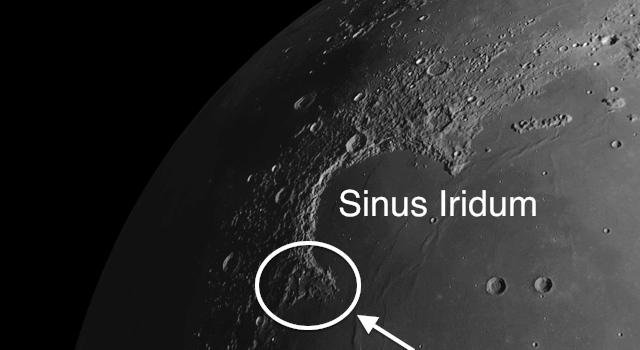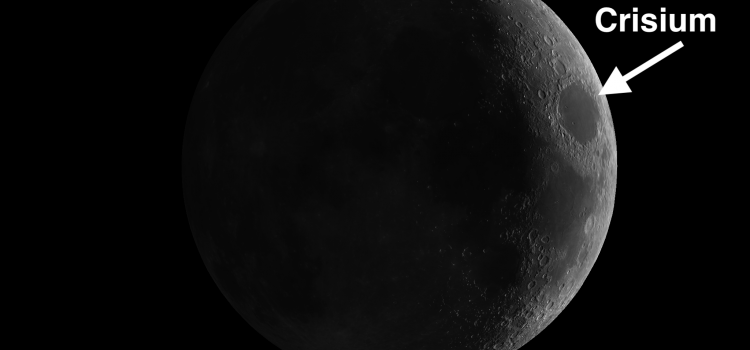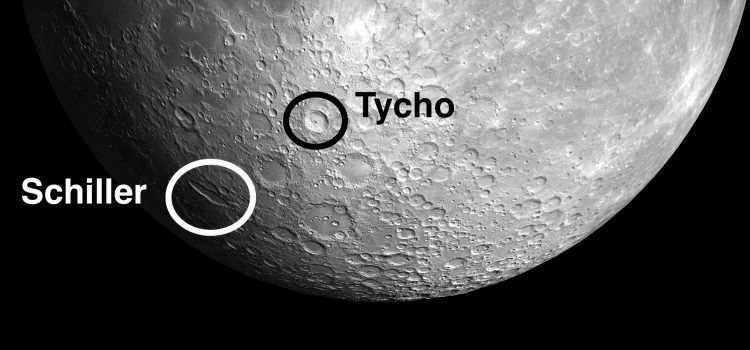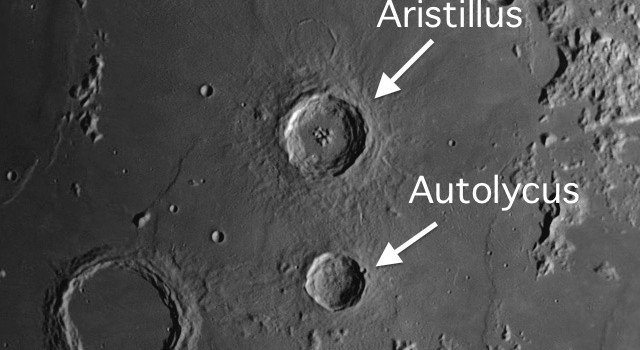The week of April 13-19 takes us from Lunar Day 20 to 26. This week we will highlight the Apennine Mountain Range, viewable around 5:00 A.M. on Wednesday morning. Montes Apenninus: The Apennine Mountain Range [NW/G9] is the most spectacular
The Most Spectacular Feature on the Moon: Apennine Mountain Range





